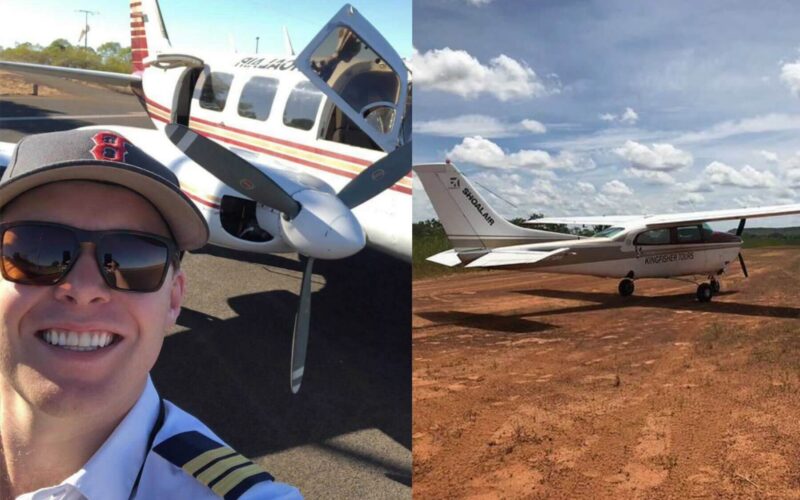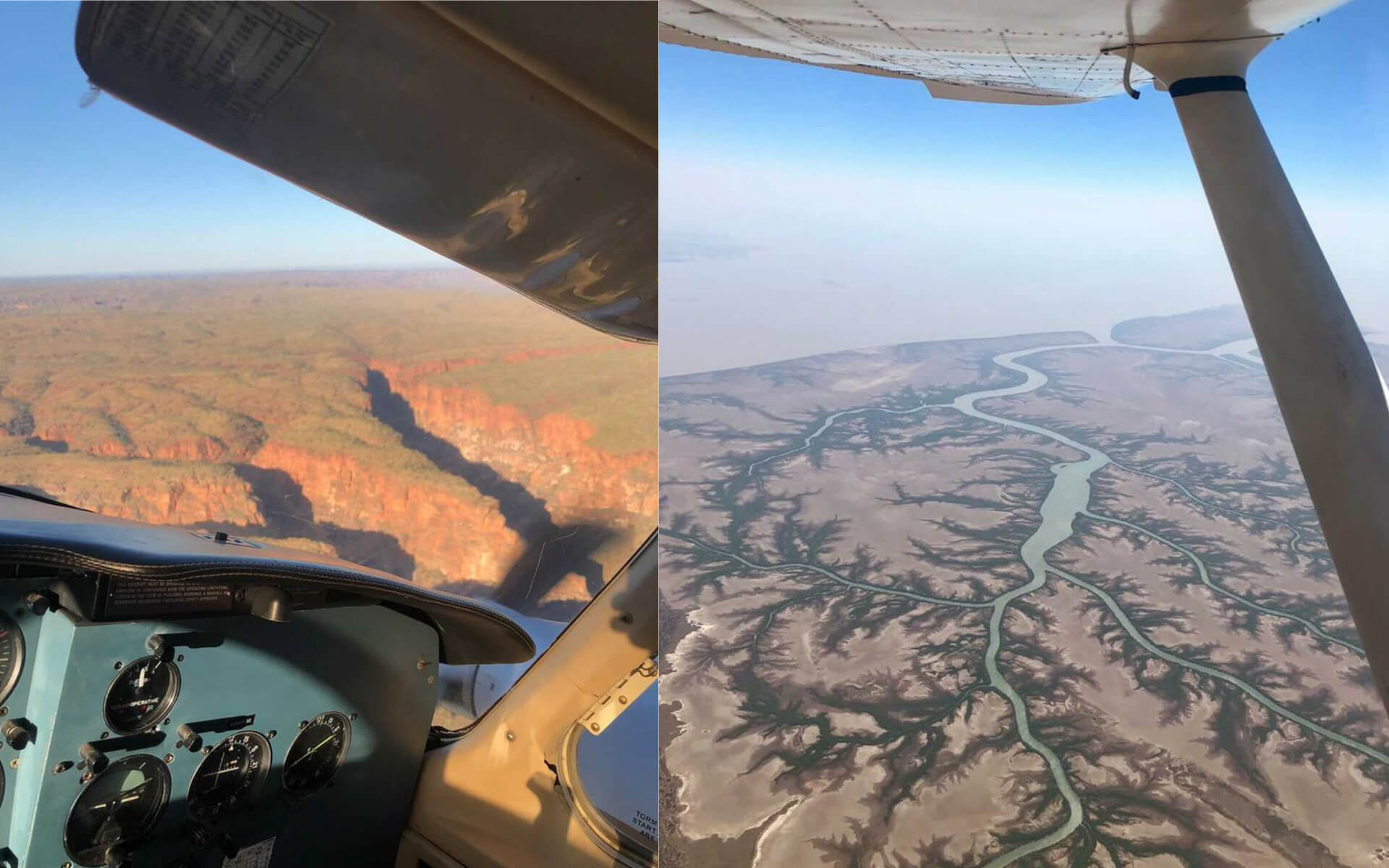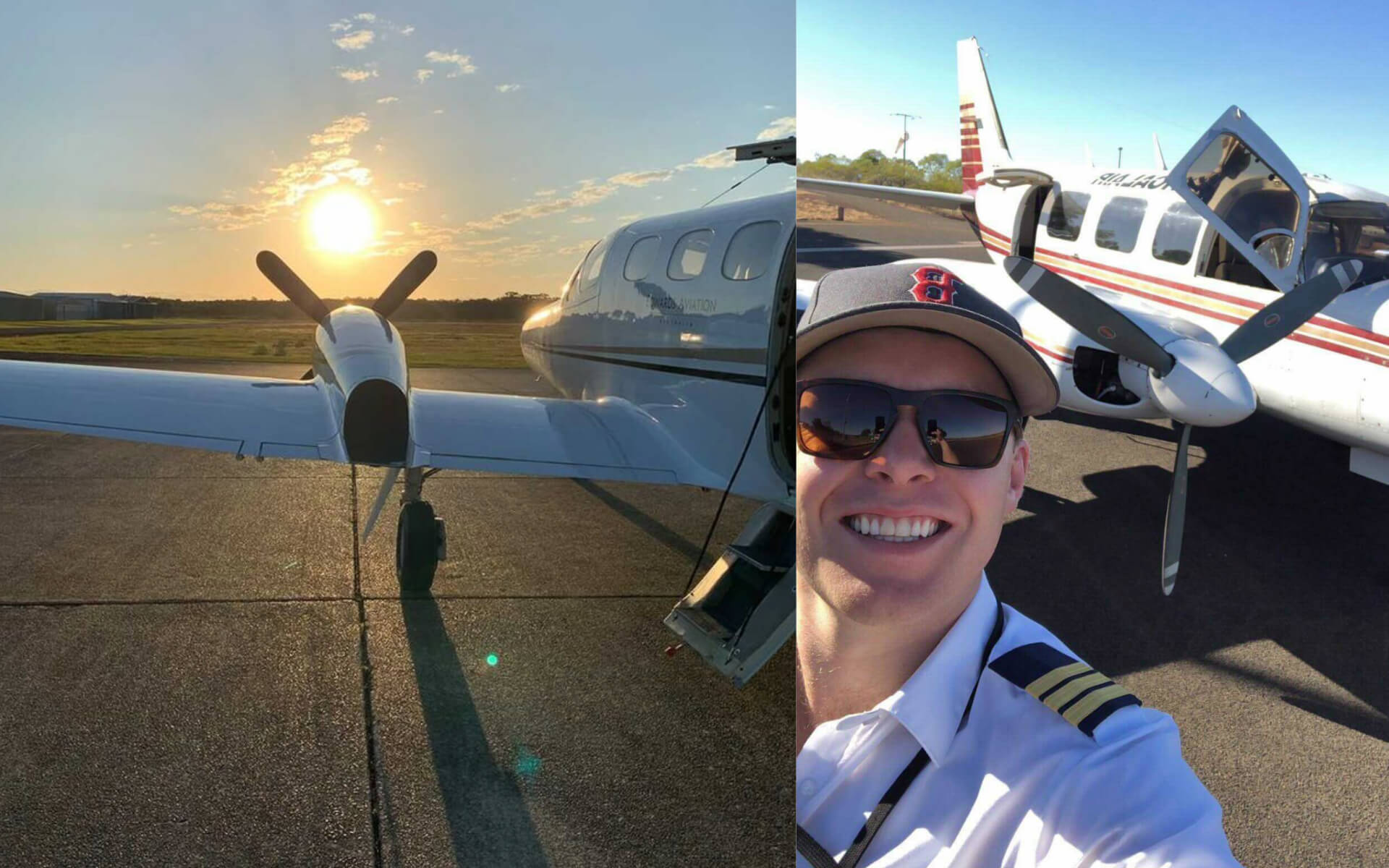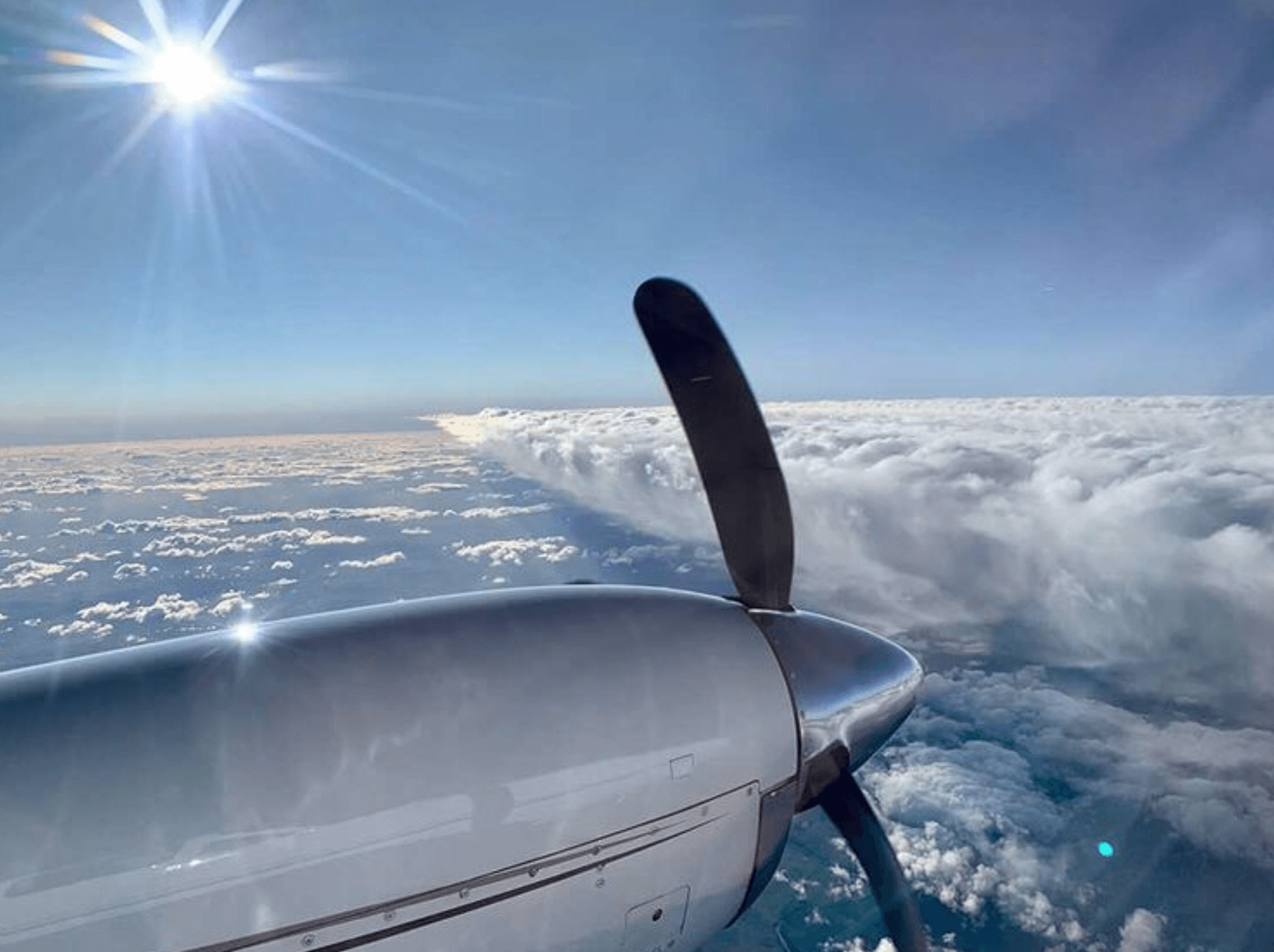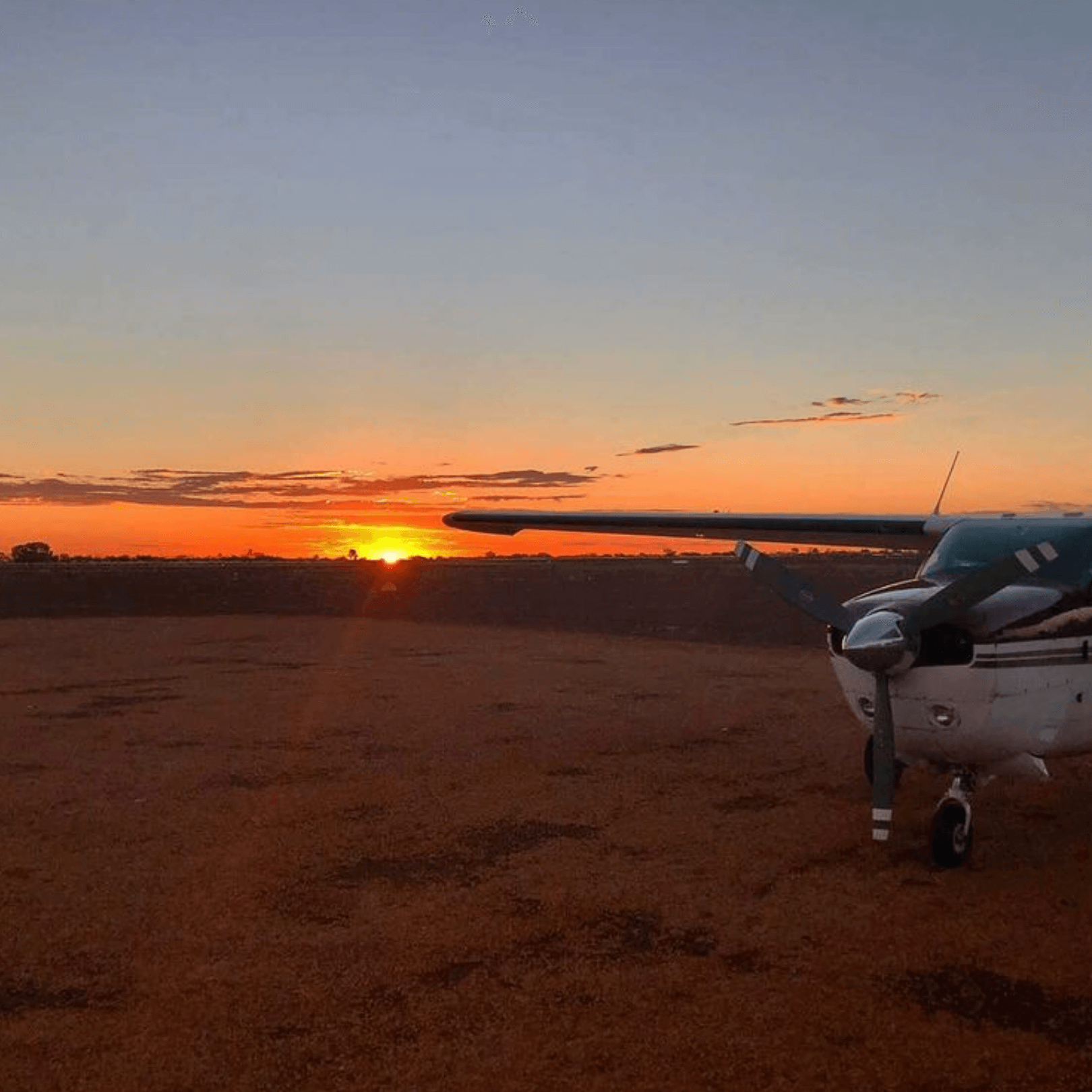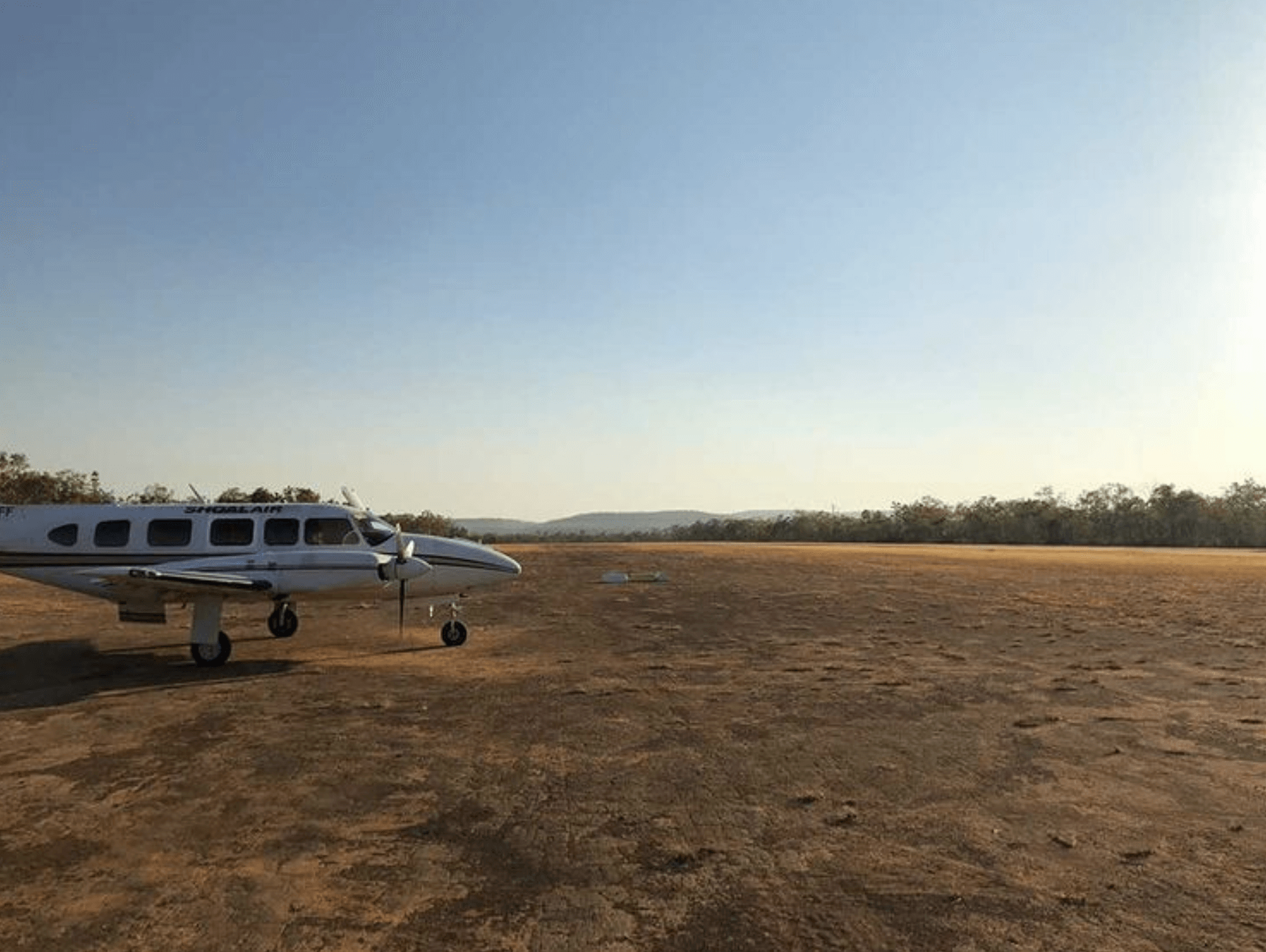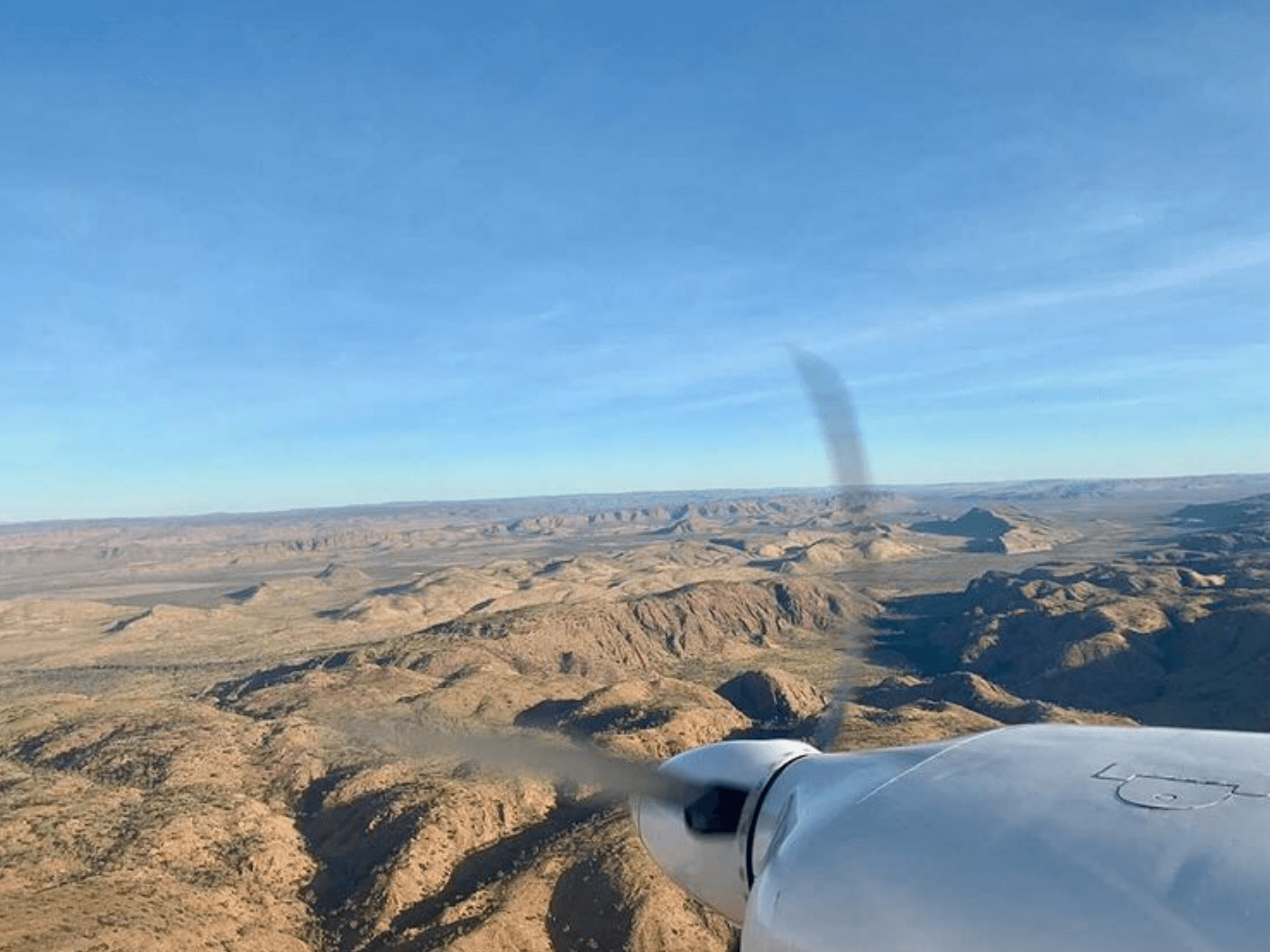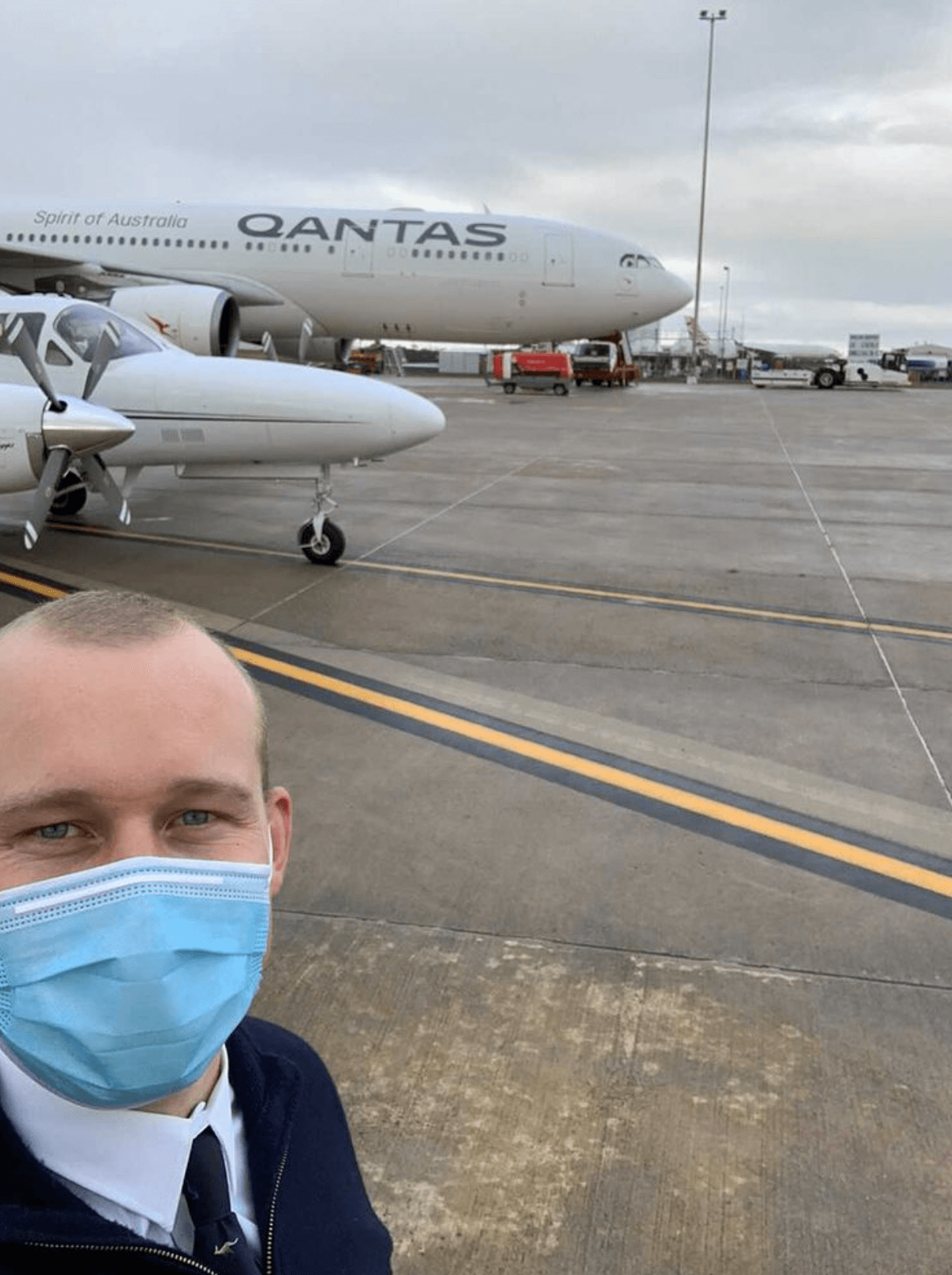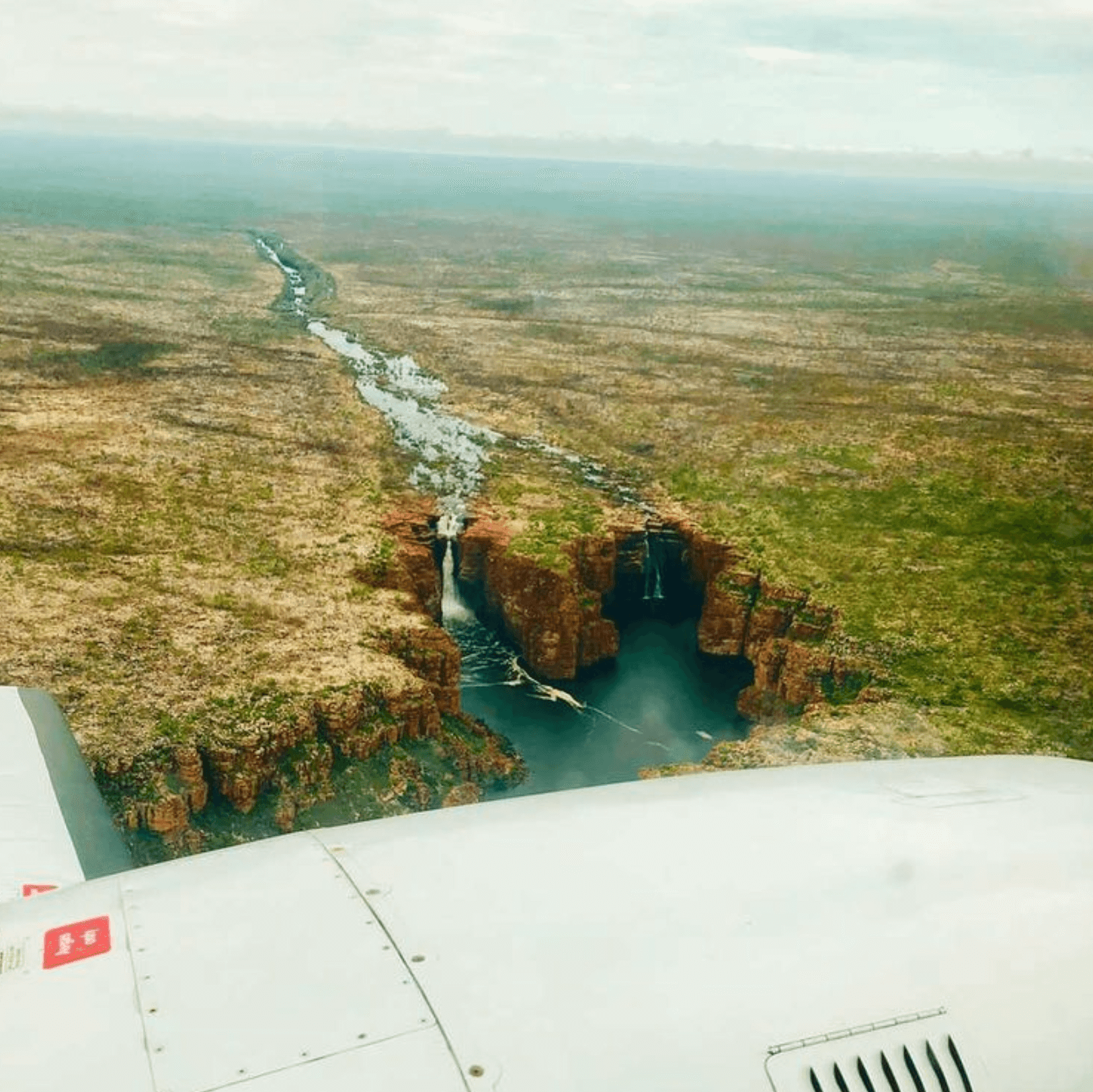Article by Chris Dwyer, AeroTime Asia correspondent
Imagine flying from London to Madrid – and not seeing a single man-made thing through the entire journey. In the vast wilderness of Western Australia, that sort of experience was par for the course for Jack Stott-Sugden, a Brit who has been one of a handful of pilots around the world to not only continue flying through COVID – but also seize exciting new opportunities along the way.
The 31-year-old grew up in Macclesfield outside Manchester in northwest England and read geography at Liverpool University. Aviation ran in the family as his mum used to work as cabin crew and his grandad worked at the airport. He moved to Brisbane in 2012 and initially worked for two years as a barista:
“When you get older, you sort of think I can’t be a barista forever, I should probably start to get a real job! I saw an advert on telly for aviation college and they were talking about a pilot shortage. It was always something that I wanted to do, was interested in, but the initial cost, especially when we were back in England, put me off it.”
Jack went from scratch to commercial license and did all his ATPL (Air Transport Pilot’s License) exams in two years. As with pretty much any pilot, he loved it from the get-go, but was also terrified by his first solo:
“The instructors made it look so easy that I did remember thinking, it can’t be this simple! When I did the trial instructor flight they just try and make you have a good time, we just stayed around the sky, he showed me some little maneuvers and stuff. I loved it from the first go. It was a Cessna 172 which was tiny compared to the 747s I’d only ever been on holiday! I remember thinking it was too small, and then on my first solo, I was terrified! The instructor doesn’t tell you that you’re going to go solo, he just jumps out and says go and do a circuit on your own.”‘
As soon as he finished his training, Jack went to Darwin, the capital of the Northern Territory to try and find a job.
“When you get your commercial license in Australia, everyone goes up north to get a few hours. Eventually, someone will say that they need a pilot! One of the guys on my instrument writing course was a pilot at Shoal Air.”
That meant a move southwest of Darwin to Kununurra in the state of Western Australia, a town with a population of just 6000 – but still the largest settlement for hundreds of miles. In another indication of the mind-boggling scale of the state – which is bigger than Western Europe and four times the size of Texas – Jack explained that for his first six months living ‘in’ Kununurra, he stayed on Drysdale cattle station, about a nine-hour drive away.
In terms of metal, he started off on the Cessna 207, then moved on to the Piper Chieftain and the Cessna 310. As for destinations, in the dry season – and pre Covid – the region was full of tourists on scenic flights, meaning regular hops down to The Bungle Bungle range in The Kimberley, out to Berkeley River or luxury homesteads like El Questro.
“One of the most remote places I went was a gold prospecting camp. The further south you fly from Kununurra, the redder it gets, then eventually it turns to just desert – there’s just nothing there. Scrubland and sand dunes. I remember I took down this bloke down to fix the air line on a truck hose. We had to leave to get back to Kununurra for the last light because you can’t fly in a single with a passenger at night. If we had to stay there, there were only a few dusty tents blown over in the wind, so I was trying to pressure him along so we could get out!
Jack also helped out Australia’s famed Royal Flying Doctor Service (RFDS), when there were night flights to very remote destinations like The Mitchell Plateau – but with no runway lighting:
“They’ve got these balls like a small disco ball, but full of kerosene with a wick on the top. So you run out, put it on top of a runway marker, and then light it on fire. It’s like a big candle. That’s what the RFDS plane uses to land on. There’s nothing else out there. I remember some optical illusions when flying around at night, because it’s just pitch black. It was like someone spray-painted the windows and you can’t see a thing. There was a mine out there and I could have sworn it looked like I was flying into a hill because the mine was so bright and everything else was so black. You can also just see the Milky Way clear as day. It’s wild. It’s properly wow.”
When we met in person – back in 2018, – Jack was getting close to his 500 hours multi-engine and applied to join Cathay Pacific. But the more he considered it, the more he realised he loved the freedom of flying in Australia.
“With Cathay you’re a second officer and you’re tied to them, I think it’s six to eight years or something as a second officer, which is a long time when you’re only allowed to touch the controls above 10,000ft. You don’t do any takeoffs or landings. You’re basically just cruise relief for the captain and first officer when they need a rest. The more I thought about it, the more I didn’t fancy it, you know?”
Jack reached his 500 hours multi-engine (and is now at 2200 hours) but saw friends and colleagues who had joined airlines like Qantas Link getting furloughed. With the beauty of hindsight, given Covid’s seismic impact on the commercial aviation industry – and with Cathay having cut around 8,500 staff in October – it was the perfect decision. Since last March when he left Shoal Air, Jack has been working for Edwards Aviation based in Armidale, New South Wales, a five hour drive north of Sydney.
“Before I came down in March, everything had started to close up and a lot of the States had started to isolate themselves. Sydney was a hotspot and Brisbane was a hotspot as well. But it’s worked out really well for me because luckily Edwards is stable enough that they can keep me on through the pandemic. In March we obviously weren’t flying a lot because all the borders were closed and a lot of our work is across borders, but we do medical transfer work. We actually got a few flights because of COVID with people trying to get out of states before curfews locked down.”
Today largely flying a Cessna Conquest, Jack is thankful for his lot, while being mindful of what the future may hold:
“It’s got to be one of the rarer scenarios in COVID, what I’ve done. Originally one of the things that attracted me to the airlines was the job security of it, but that has changed. As I get a bit older as well, I liked the idea of being at home every night and not doing long days away. Maybe the RFDS or something like that. I like to fly to different places, the variety of outback dirt strips to big international airports in Sydney.”
One thing is for sure as a twin-engine pilot in Australia – one day is rarely, if ever, like the next.

